#824 From Bonavista to Turtle Island
Turtle Island: The Story of North America’s First People
by Eldon Yellowhorn and Kathy Lowinger
Toronto: Annick Press, 2017
$16.95 / 9781554519439
*
What the Eagle Sees: Indigenous Stories of Rebellion and Renewal
by Eldon Yellowhorn and Kathy Lowinger
Toronto: Annick Press, 2019
$16.95 / 9781773213286
Both books reviewed by Kristina Hannis
*
Congratulations to Eldon Yellowhorn and Kathy Lowinger for the awards and attention this pair of books is receiving! Their 2017 book, Turtle Island: The Story of North America’s First People, was nominated or commended for eight awards and won four of them, including two Nautilus Book Awards.
The sequel, What the Eagle Sees: Indigenous Stories of Rebellion and Renewal (2019), was also shortlisted for eight awards; and so far (May 2020) it has won six of them.
In March, 2020, What the Eagle Sees was one of five books shortlisted for the 2020 Sheila A. Egoff Children’s Literature Prize of the BC and Yukon Book Prizes. Winners will be announced on September 19th — Ed.
*



Turtle Island: The Story of North American’s First People, and its follow up book, What the Eagle Sees: Indigenous Stories of Rebellion and Renewal are compelling books on Indigenous history written for young audiences, aged 11 and up. Collaboratively written by Dr. Eldon Yellowhorn and Kathy Lowinger, these beautifully-illustrated volumes transport you easily into the past. Yellowhorn, a Piikani Niisitapi academically-trained archaeologist, has been a professor at Simon Fraser University, where he founded the Indigenous Studies program in 2002. Born in Hungary in 1950, Kathy Lowinger came to Canada as an infant. A well-known children’s book author, she is also a former executive director at the Children’s Book Centre in Toronto.
Turtle Island provides an overview of the stories of Indigenous peoples of North America — an ambitious project for a book of just over 100 pages. Introducing archaeological methods and Indigenous oral history, it explores how knowledge about the past is generated. It asks that we situate ourselves in history and give life to our own imagination of the past.

The book opens with the Haudenosaunee (previously Iroquois) origin story for Turtle Island, the continent now known as North America. The book explains the basics of archaeological science including relative and absolute dating methods, such as radiocarbon, luminescence, and potassium argon dating. Turtle Island presents theories about the peopling of North America around the edges of the last ice age. It critiques the ice-free corridor theory and provides brief introductions to some of the oldest archaeological sites in North America. Questions posed to readers encourage us to think critically about the nature and quality of information concerning the past.
Particularly thrilling are the discussions of the recently-uncovered 14,000 year old Heiltsuk village site on Triquet Island on BC’s central coast, and of recent underwater archaeology findings off the coast of Haida Gwaii. The book eloquently partners information about famous archaeological sites such as Head-Smashed-In-Buffalo-Jump, near Fort Macleod, Alberta, with Indigenous storytelling. Yellowhorn has built a career out of explaining how Indigenous and scientific ways of knowing can work together. A lot of his academic work triangulates oral history, archival history, and archaeological evidence to build our knowledge of the past, and this expertise shows in Turtle Island.
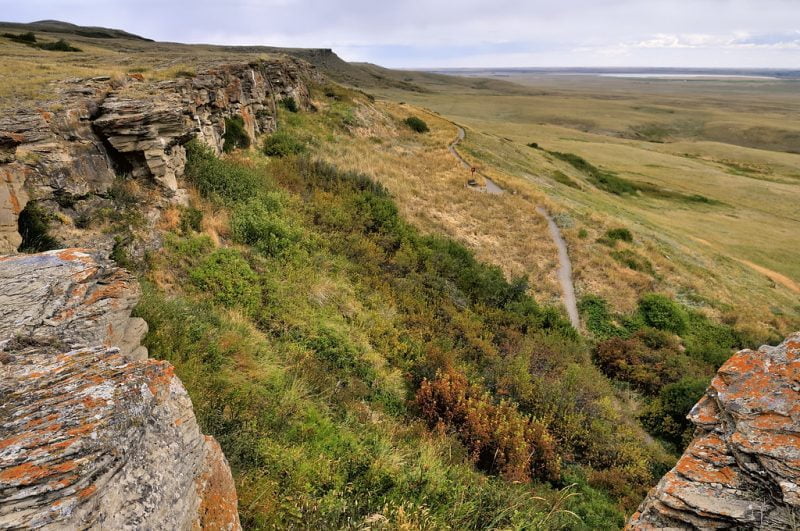
Turtle Island provides an introduction to Indigenous technology, plant domestication, and architecture. It tells the Anishinaabe story of how wild rice was given to the people. It treats the domestication and trading of corn. An ambitious but necessarily brief project such as this might risk being seen as superficial, but this book provides an engrossing and holistic presentation of the past through snapshots of different Indigenous societies. It describes Anasazi road building technology and asks us to imagine what the ancient city of Cahokia would have been like to visit. It even includes a brief introduction to the Viking incursion into North America.
Nor does Turtle Island shy away from the brutal history of colonialism in North America. The final two chapters (20 pages) take the reader from 1492 to the present. A chapter entitled “After the End of the World” covers Indigenous resistance, smallpox, the Battle of Wounded Knee, slavery, assimilation, residential schools, broken treaties, and dispossession, albeit in a very abbreviated form. The book concludes with “Reclaiming the Homeland,” a chapter devoted to creation of Nunavut, the Truth and Reconciliation Commission, and the resurgence of powwow dancing. I felt that these last two chapters deserved a book on their own — and two years later, that is exactly what Yellowhorn and Lowinger provided.
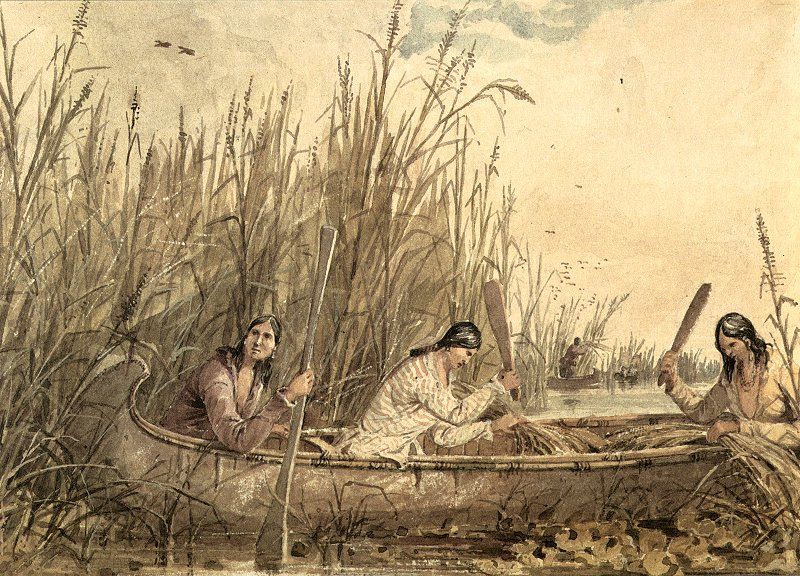
*
Their second book, What the Eagle Sees: Indigenous Stories of Rebellion and Renewal, takes up where Turtle Island left off. Reading this book in between the #ShutDownCanada protests in Vancouver and the onset of a global pandemic, I recommend it as timely and imperative reading for middle schoolers and anyone needing a primer on Indigenous history. The authors describe What the Eagle Sees as “the story of what Indigenous people did when invaders arrived in our homelands.” As such, it is a necessary history of resistance to colonialism. Explaining this dark subject to a middle school audience is a daunting task, but Yellowhorn and Lowinger chose the book’s title to illustrate this tension, as they explain:
Eagles feathers are part light and part dark. The history in this book is like an eagle’s feather. Past centuries have been full of terrible, tragic events for Indigenous people. That’s the dark side of our story. The light, hopeful side is that against all odds we have survived (p. 5).
In the context of recent movements of Indigenous resurgence and revival, such as Idle No More and ShutDownCanada, What the Eagle Sees provides students with a contextualized and empowering introduction to current issues. The book positions recent pan-Canadian Indigenous movements within the long history of struggle, emphasizing the continuing possibility of fighting oppression and giving us all necessary hope for a better future.
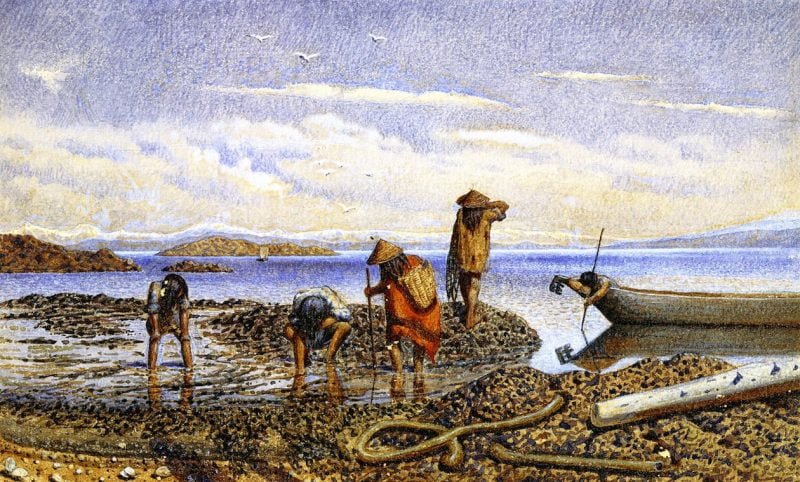
In a change of tone from the previous book, Yellowhorn uses the first person “I” to narrate What the Eagle Sees. It is more personal, powerful, and resonant than Turtle Island, with Yellowhorn incorporating many stories from his home Piikani community in southern Alberta. What the Eagle Sees starts with the story of the Old North Trail as a lesson in survival. This vital trading route stretched from the Gulf of Mexico, through Yellowhorn’s Niitsitapi community, and then extended to what is now Canada’s north.
What the Eagle Sees goes into detail on Viking incursions into North America. Describing the L’anse Aux Meadows site in Newfoundland, it frames the 1340 departure of the Vikings from Turtle Island as the end of “the first invasion.” Yellowhown and Lowinger then delve much more deeply into the post-1492 history of North American, including the Aztec experience of colonial invasion. The captivating story of the 1680s pueblo revolt is expertly told. Also particularly compelling is the celebration of the accomplishments of the Haudenosaunee Confederacy, including an explanation of how the principles of the great laws of this confederacy influenced the writing of the US constitution (p. 32). To recast American history from an Indigenous perspective, What the Eagle Sees also considers the significance of wampum belts, Tecumeseh’s confederacy, Muscogee Federation, and the Red Stick resistance.
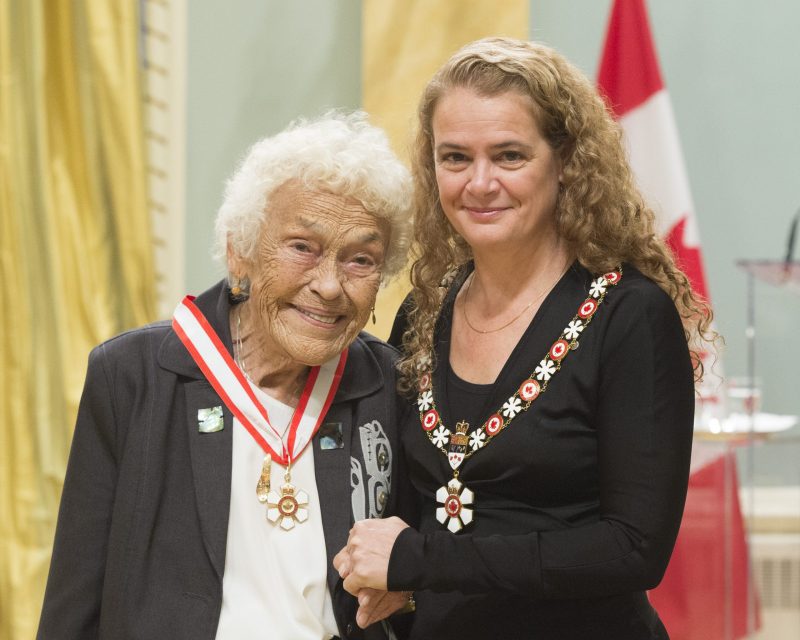
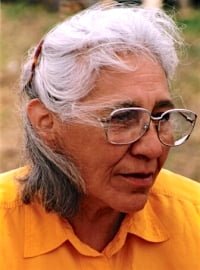
One of the strengths of What the Eagle Sees is its ability to allow readers to empathize with Indigenous communities. It offers readers a shift in perspective from the traditional narrative histories of the large nation states of North America because, of course, the national borders of Canada and the US were meaningless to existing Indigenous communities, and sometimes cut across them.
What the Eagle Sees includes important Indigenous events from the arrival of the horse in North America to the work of the Indigenous code talkers in the Second World War. It provides an introduction to residential schools, the potlatch, and the vital ongoing work of reclaiming Indigenous languages. Throughout, significant Indigenous women are profiled, and it is fitting that the book concludes short biographies of anthropologists such as Gloria Cranmer-Webster, Isabelle Knockwood, and Dr Beatrice Medicine, whose contributions to their communities and society at large have not been celebrated nearly enough.
Yellowhorn and Lowinger’s books should be part of mandatory education about Indigenous history in Canada, with copies in every classroom. These stories of resurgence and survival are so necessary right now. For parents schooling their kids during this pandemic, and who can afford these reasonably-priced volumes, I highly recommend them both.
*
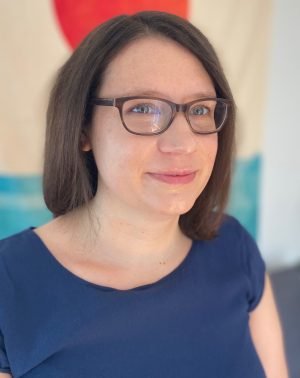
Kristina Hannis grew up in Edmonton, in Treaty Six territory. She received an MA in archaeology from Simon Fraser University in 2012. Currently she works as a researcher for the Union of BC Indian Chiefs. She lives in East Vancouver, in the shared territories of the xwməθkwəyə̓ m (Musqueam), səlilwətaɁɬ (Tsleil-Waututh) and Swwú7mesh (Squamish) nations.
*
The Ormsby Review. More Books. More Reviews. More Often.
Publisher and Editor: Richard Mackie
The Ormsby Review is a journal service for in-depth coverage of B.C. books and authors. The Advisory Board consists of Jean Barman, Robin Fisher, Cole Harris, Wade Davis, Hugh Johnston, Patricia Roy, David Stouck, and Graeme Wynn. Scholarly Patron: SFU Graduate Liberal Studies. Honorary Patron: Yosef Wosk. Provincial Government Patron since September 2018: Creative BC
“Only connect.” – E.M. Forster